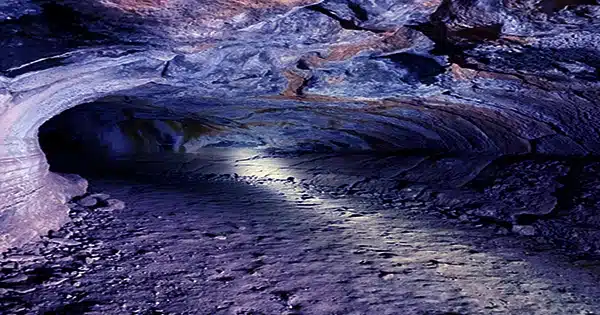We now know that the Earth is around 4.5 billion years old, with the planet’s core being about two years younger due to gravity’s time dilation effects. But how did we figure this out?
Early scientific attempts to calculate the age of the Earth were rather unsuccessful. In 1844, scientist William Thomson (also known as Lord Kelvin) devised a method for measuring the age of the Earth. He assumed that the Earth began as a large molten blob in space. He reasoned that by calculating the time it would take for the planet to cool to its current state, he could determine the age of the Earth.
Years later, he calculated that the Earth was approximately 20-400 million years old. This contradicted a variety of factors, including geology, Darwin’s estimates of how long animal evolution would take, and his belief that the Sun was no older than 20 million years.
Thomson’s estimates were developed before radiometric dating, which provided a considerably more accurate method for determining the age of rocks.

“The ages of Earth and Moon rocks and meteorites are measured by the decay of long-lived radioactive isotopes of elements that occur naturally in rocks and minerals and that decay with half-lives of 700 million to more than 100 billion years to stable isotopes of other elements,” the U.S. Geological Survey states on its website. “These dating techniques, which are firmly grounded in physics and are known collectively as radiometric dating, are used to measure the last time that the rock being dated was either melted or disturbed sufficiently to homogenize its radioactive elements.”
Using radiometric data, we can get a far more accurate estimate of how ancient rocks are. However, dating Earth rocks can only provide us with the Earth’s minimum potential age. The oldest rock we’ve discovered so far is from the Acasta Gneiss Complex in northwest Canada, which dates back roughly 4.02 billion years. This provides a minimum age because we may fairly believe that Earth is not younger than its oldest rock. However, unless you are willing (and able) to analyze every rock on the globe, it is impossible to estimate the planet’s maximum age using only this method.
The oldest rocks on Earth may have fallen into the Earth’s mantle, making aging the Earth difficult.
Instead, scientists studied rocks from the Moon and other places in the solar system, where rock recycling is not an issue. Clair Cameron Patterson, a geochemist, studied meteorite samples from a rock that fell in Arizona in 1953. These samples had a large number of lead isotopes required for radiometric dating. The samples were dated between 4.53 billion and 4.58 billion years ago, with the difference attributed to the solar system’s evolution during a period of approximately 50 million years.
Further observations of space rocks, as well as additional research into how the solar system has evolved, have allowed us to refine our estimates.
What Is Carbon 14 Dating? It is perhaps one of the most significant techniques for understanding history, but how does it work?
All “explainer” articles are fact-checked to ensure accuracy at the time of publication. Text, images, and links can be modified, removed, or added to at a later time to keep information up to date.














